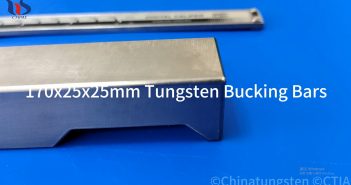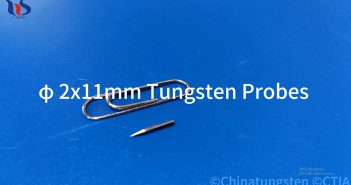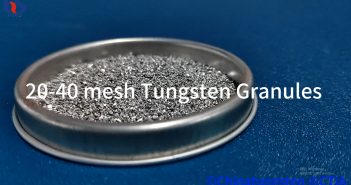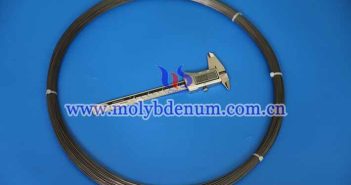
The surface finish of molybdenum wire is a critical factor that significantly affects its performance and usability across various applications. The surface finish refers to the texture, smoothness, and overall quality of the wire’s exterior surface, which can influence properties such as electrical conductivity, mechanical strength, oxidation resistance, and ease of handling. Electrical Conductivity The surface finish of moly wire directly affects its electrical conductivity. A smooth, polished surface reduces electrical resistance and minimizes energy loss, which is crucial in…

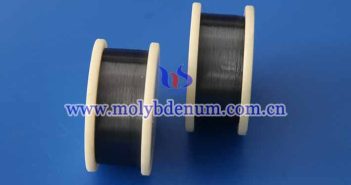
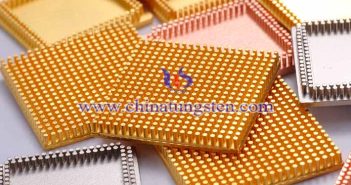
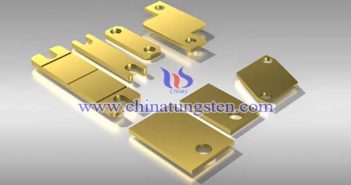
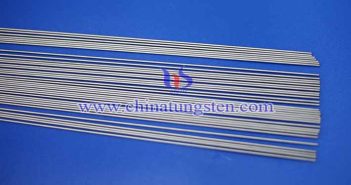
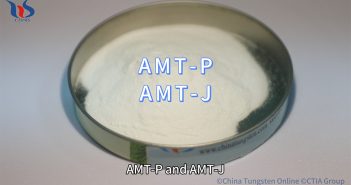
![[Know Tungsten] What is Ferro Tungsten? What is Ferro Tungsten?](https://azjwl.cn/en/wp-content/uploads/2024/06/ferro-tungsten-20240514-351x185.jpg)
